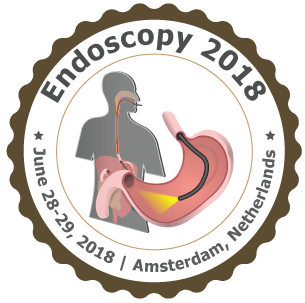Digestive Diseases and Endoscopy
Endoscopy was traditionally used to observe only digestive tract and diagnose associated diseases. Endoscopes to investigate digestive diseases are passed through the mouth, or an incision, or through the rectum. In an upper endoscopy, the endoscope is passed through the mouth into esophagus and stomach and upper part of small intestine. But for the endoscope to be passed to the large intestine, they need to be passed through the rectum, called colonoscopy or sigmoidoscopy. Endoscopic Ultrasound is another crucial imaging technique that combines both, endoscopy and ultrasound to obtain images for further investigation of complicated diseases. Endoscopy is prescribed to evaluate unexplained stomach pains, Ulcers, gastritis, ulcerative colitis, bleeding, polyps, and gallstones, among other oesophageal, gastric, hepatobiliary, hepatopancreatic, and intestinal diseases.
- Oral diseases
- Oesophageal diseases
- Gastric diseases
- Hepatic diseases
- Pancreatic diseases
- Gallbladder and biliary tract diseases
- Intestinal Diseases
- Diseases of Colon and Rectum
- Gastrointestinal oncology
- Hepatobiliary Imaging
- Hepatopancreaticobiliary Tumor
Related Conference of Digestive Diseases and Endoscopy
Digestive Diseases and Endoscopy Conference Speakers
Recommended Sessions
- Abdominal and Gastro-intestinal Radiology
- Abdominal and Pelvic Ultrasound
- Complications in Endoscopy
- Digestive Diseases and Endoscopy
- Endoscopic Procedures and Surgeries
- Endoscopy
- Endoscopy and Diagnosis
- Endoscopy and Pancreatic Cancer
- Endoscopy and Treatment
- Gastrointestinal Oncology
- Imaging in Transplants
- Imaging Techniques of Abdomen and Pelvis
- Inflammatory bowel disease (IBD)
- Liver Diseases and Gastroenterology
- Oncologic Imaging
- Recent Advances in Endoscopy & Abdominal Imaging


